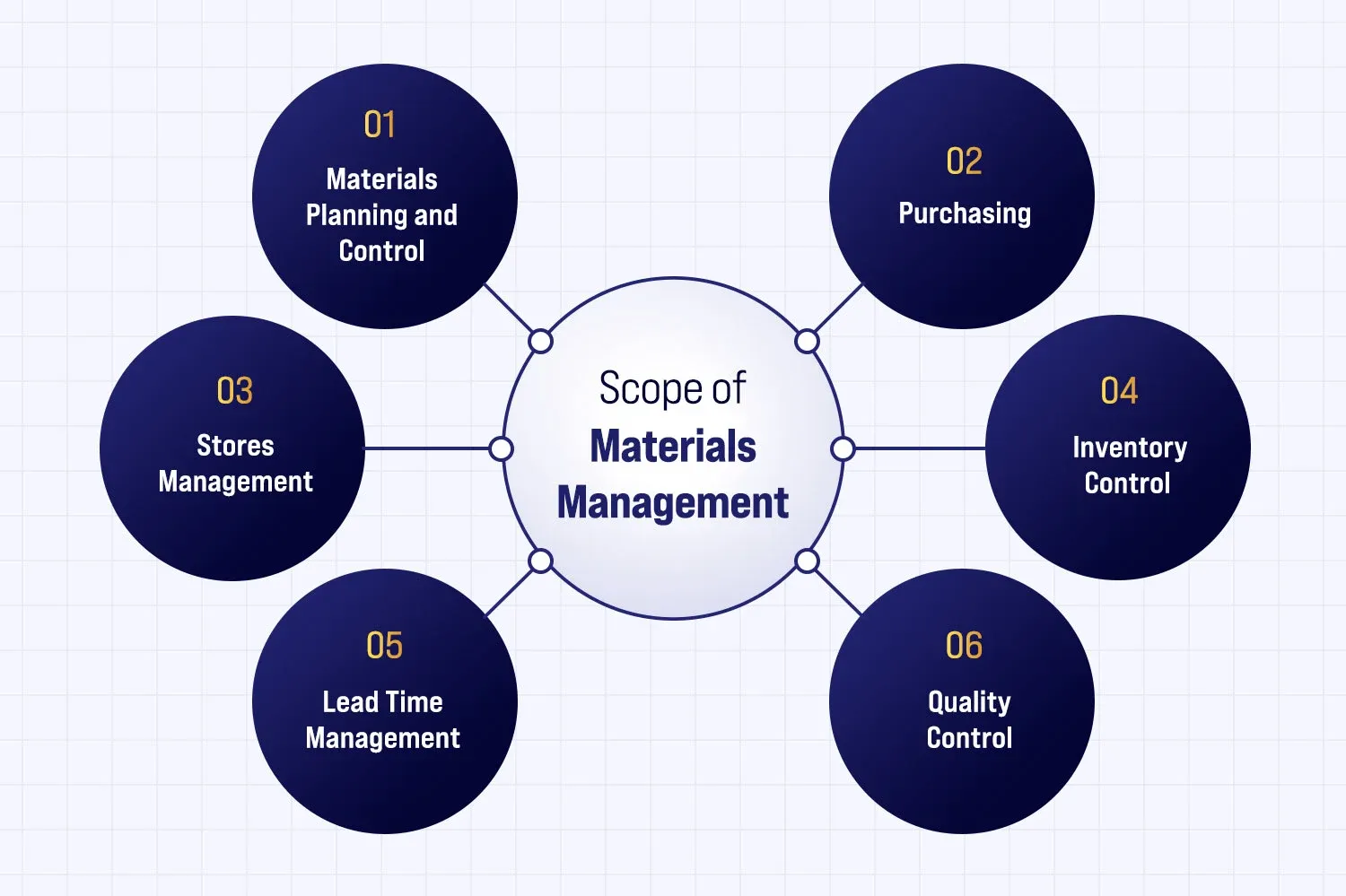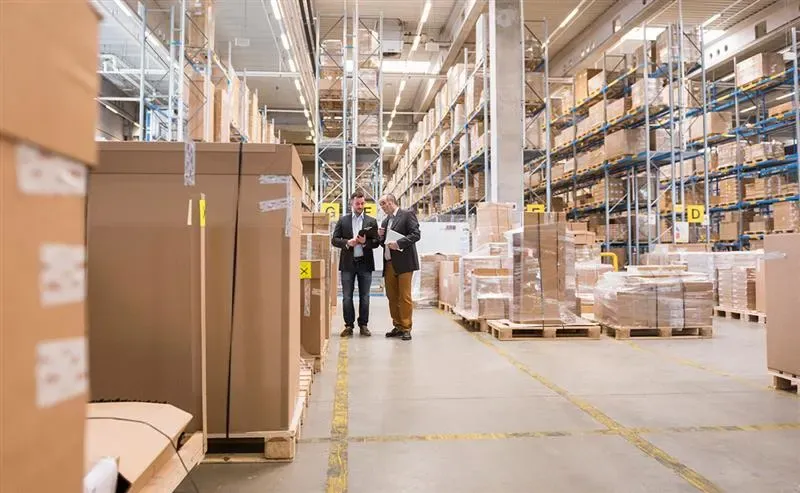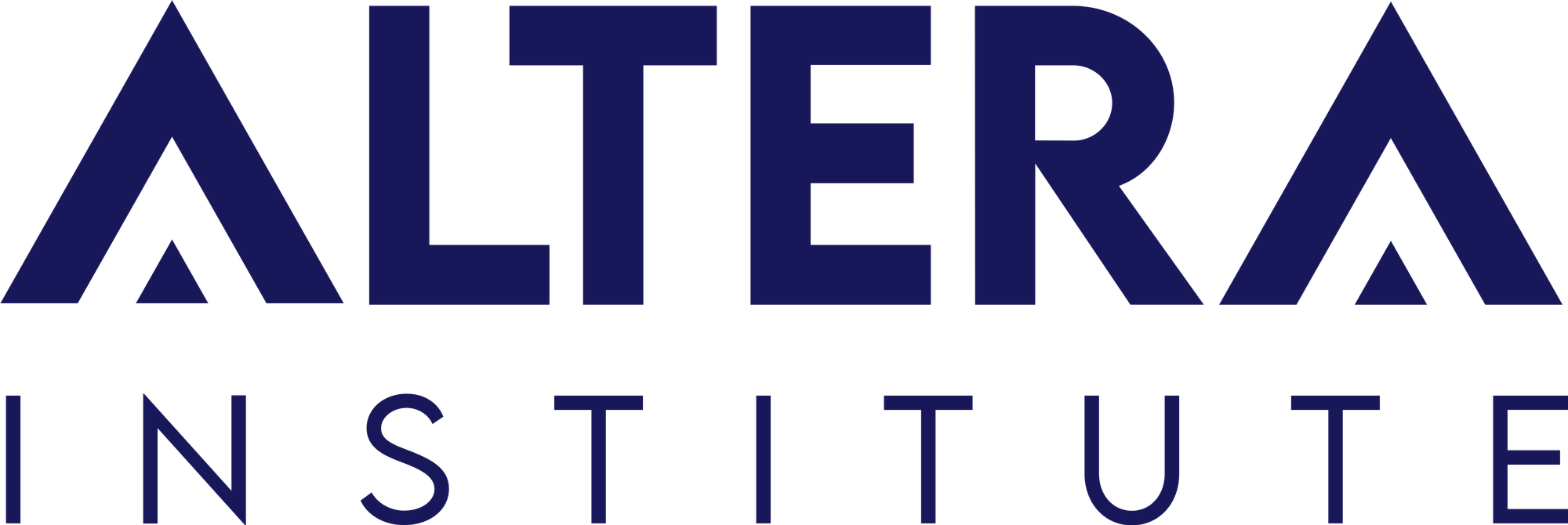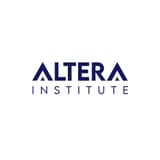What is the Scope of Material Management?

Material management is a crucial organizational process, particularly in production, logistics, and supply chain activities, which facilitates a smooth working process and efficient resource utilization. It ensures the efficient flow of materials between sourcing and end-use, directly impacting efficiency, cost-effectiveness, and productivity.
Material management involves the planning, organizing, and controlling of materials between procurement and the final utilization, whereby the aim is to optimize costs, ensure that they are available when needed, minimize wastage, and increase the efficiency of the supply chain overall. Moreover, it is also adapting to new techniques such as automation, artificial intelligence (AI), and just-in-time (JIT) delivery.
The scope of material management spans procurement, inventory control, and supply chain optimization — critical skills for any business. At Altera Institute, students gain hands-on experience applying these practices, preparing them for impactful roles and enhancing placement opportunities. Learn how our programs turn knowledge into career-ready skills.
This article explores the scope of material management, its key functions, and the principles that guide its efficient execution.
What is Material Management?
Material management is the process of sourcing, purchasing, storing, controlling, and distributing materials in a manner that supports business goals. It makes sure that when needed, required materials are easily accessible in the right amounts and at the ideal cost, eliminating production stops, overstocking, and waste of operations.
The primary objective of material management is to strike a balance between supply and demand at the lowest possible cost while maintaining product quality. This role is closely linked to supply chain management, logistics, inventory management, and strategic procurement processes.

Scope of Material Management

The scope of material management consists of different stages of material handling over the lifecycle. Planning, procurement, storage, and inventory management are just some of the steps that are crucial in ensuring operational efficiency. The major areas in the management of materials are as follows:
Materials Planning and Control
Effective materials management is based on materials planning and control. It involves calculating material needs based on expected demand and production schedules. Its main goal is to achieve the ideal balance of stocked materials, neither too few to lead to shortages nor too many to incur excessive storage costs.
Key Tasks:
- Demand Forecasting: Estimating future material requirements using production timelines, past data analysis, and industry trends.
- Budgeting and Cost Control: Designing a financial plan of materials and allocating money in a prudent way to avoid budget overruns.
- Order Scheduling: Planning procurement timelines to ensure materials are available in sync with production management cycles.
- Performance Monitoring: Monitoring the stock consumption and changing plans according to the real consumption and market changes.
This function minimizes stockouts and stock overage by matching the availability of materials with the production schedules.
Purchasing
Purchasing entails obtaining products at a low cost, in a timely manner, without compromising quality.
Key Tasks:
- Vendor Selection and Evaluation: Finding stable suppliers according to price, quality standards, and track records of delivery.
- Negotiation and Contracting: Concluding terms of procurement to maximise its cost and delivery time.
- Purchase Order Management: Overseeing order placement, approvals, and timely follow-ups.
Having an efficient purchasing process would also mean that there would be a constant supply of materials to the organization, leading to steady production, and procurement activities would be less prone to risk.
Stores Management
Effective management of stores entails proper management of materials, their storage, and security.
Key Tasks:
- Warehouse Layout Optimization: Planning storage space to be easily retrieved.
- Stock Record Maintenance: This is the maintenance of materials records that help to monitor the usage and availability of materials.
- Quality Preservation: Ensuring materials are stored under suitable conditions to prevent damage and deterioration.
With proper management of the stores, waste is minimized, losses are avoided, and production is done at the right time with well-kept inventory.
Inventory Control
Inventory management ensures that the amount of stock matches production requirements, minimizes storage costs and space, thereby creating a balance between availability and cost efficiency.
Key Tasks:
- ABC Analysis: The analysis categorizes inventory by value of use and criticality, focusing on effective management.
- Just-in-Time (JIT): Acquiring materials precisely as required, cutting down on storage needs, and minimizing waste.
- Economic Order Quantity (EOQ): Related to establishing the most effective level of purchasing volume to reduce ordering and storage costs.
- Reorder Point Planning: The establishment of automatic restocking levels according to the consumption trend and delivery schedules.
The long-term objective is to maintain a consistent flow of production without excessive stocking or capital investment in inventory.
Lead Time Management
Lead time management involves maximizing the time delay between the arrival of orders and the material to be used in production so that the production process is conducted without interruptions caused by procurement activities.
Key Tasks:
- Lead Time Analysis: Evaluating each stage of the procurement and delivery cycle to identify bottlenecks.
- Supply Chain Coordination: Building tight collaborations with vendors and transportation networks to eliminate bottlenecks and keep operations management smooth and running on schedule.
- Reorder Timing: This is implemented to consider lead time, allowing for the calculation of reorder points to maintain uniformity in the material flow.
Quality Control
To ensure the integrity of materials and guarantee the use of only high-quality and relevant inputs in production, quality control is crucial.
Key Tasks:
- Cross-Functional Coordination: Coordinating with procurement and inventory departments will make sure that the materials are ordered and kept in a way that they are available when needed to produce.
- Synchronizing Supply with Production: Aligning supply with Production timelines ensures that there are no interruptions in production and that the manufacturing process runs smoothly and without disruptions.
- Dynamic Monitoring and Adjustment: By continuously monitoring production progress and adjusting material planning, flexibility can be applied to address any unexpected changes in demand or production pace.

Material Management Functions
Material management is a vital support system for operations that helps maintain a continuous flow of materials through all stages of the organization. Other important functions which are characteristic of a highly developed material management system, along with material planning, purchasing, stores management, and inventory control, include:

Standardization
The purpose of standardization is to minimize the diversity of materials, components, and processes by creating a unified system of requirements and quality standards, which guarantees uniformity, ease of operation, and lower cost.
Key Tasks:
- Prepare and adopt specifications of popular materials and components.
- Make sure that standard materials are utilized in various products and processes.
- Make compatibility and interchangeability of components easy by following the established standards.
- Cut down the quantity of suppliers and stock materials to increase control and efficiency.
Simplification
Specifications are precise statements of a product, material, process, or service's technical and functional characteristics. They are formalized guidelines that outline the standards to be met by a material or product in order to achieve the purpose for which it is intended.
Key Tasks:
- Consider a variety of products and components to identify overlaps or redundancies.
- Eliminate low-demand or obsolete items to simplify inventory management.
- Standardize parts and processes to reduce variation and complexity.
- Vernacularize the supplier base and material types by consolidating them and enhancing control and efficiency.
Specifications
Specifications are precise and consistent statements that specify the technical and functional needs of a product, material, process, or service. They can be regarded as formalized rules that define what a material or product has to be to serve its purpose.
Key Tasks:
- To explicitly state customer or engineering requirements.
- To achieve uniformity and precision in procurement and production.
- To give quantifiable quality inspection and acceptance criteria.
- To reduce uncertainty and eliminate quality variations.
Value Analysis
Value analysis is a systematic review of every constituent in a product or material to achieve maximum functionality at minimum cost and quality.
Key Tasks:
- Break down products into functional components to understand their role and cost contribution.
- Identify high-cost areas where alternative materials or methods can be used.
- Explore design modifications that could reduce production costs.
- Collaborate across teams—engineering, procurement, and finance—to implement cost-effective solutions.
Ergonomics
Ergonomics in material management involves designing systems, tools, and workflows that are safe, efficient, and human-friendly, especially during material handling and storage operations.
Key Tasks:
- Design workplace layouts and storage systems that reduce worker fatigue and increase efficiency.
- Select easy-to-use equipment and controls that promote efficiency and reduce physical strain.
- Impose safety measures to avoid accidents in the handling of materials.
- Review working conditions regularly and make adjustments to maximize productivity.
Just-in-Time (JIT)
JIT revolutionizes inventory control by synchronizing material deliveries with exact production demands, eliminating wasteful stockpiling practices.
Key Tasks:
- Foster reliable partnerships with suppliers to guarantee punctual material deliveries.
- Reduce reliance on safety stock by improving demand forecasting accuracy.
- Align production schedules closely with material delivery schedules to ensure timely and efficient operations.
- Track supplier reliability and performance to maintain steady and dependable supply chains.
Effective material management saves cost and also improves product quality, employee productivity, and customer satisfaction.
FAQs
Q1. What is the scope of management?
Ans: The sphere of management includes all operations involving planning, organizing, directing, and controlling human, financial, physical, and informational resources so as to attain the objectives of an organization effectively and efficiently. It has various functional areas, including production, marketing, finance, human resources, and operations, to ensure coordination and optimal resource utilization across all departments.
Q2. What is the scope of material control?
Ans: The material control scope entails controlling the flow and use of materials in an organization to get sufficient supply to produce without having to spend much on inventory. It involves predicting material needs, maintaining stock, implementing an accurate reorder policy, and minimizing losses that may occur due to wastage, theft, or obsolescence. Good material management gives efficiency in production and cost-effectiveness.
Q3. What is the scope of material handling?
Ans: The domain of material handling encompasses transporting, safeguarding, storing, and regulating materials across production, warehousing, distribution, usage, and disposal phases. It involves selecting appropriate handling equipment, designing efficient layouts, ensuring worker safety, and optimizing the flow of materials to reduce handling costs and improve productivity.
Q4. What are the 3S of material management?
Ans: The 3S of material management are Sort, Set in Order, and Shine. The initial stages of the 5S methodology to enhance the efficiency of the workplace are:
- Sort: Delete the unnecessary items to retain only the required ones.
- Arrange and Decode: There is an order to put things up and place them in a way that makes them easy to retrieve and refile.
- Shine: It is essential to maintain a clean and tidy workspace to ensure order and detect problems promptly.
These practices minimize waste, enhance safety, and productivity.
Summing Up
Material management is a fundamental pillar of operational success in any organization that is driven by production or supply chain. Effective flow of materials, encompassing planning, procurement, storage, handling, and utilization, can help organizations save money, optimize business activities, and enhance product quality.
Essentially, material management is not only useful for facilitating the normal operation of daily activities but also for generating long-term business value through resource optimization, waste reduction, and enhanced customer satisfaction.





